50 Primary Source Document Activities for US History
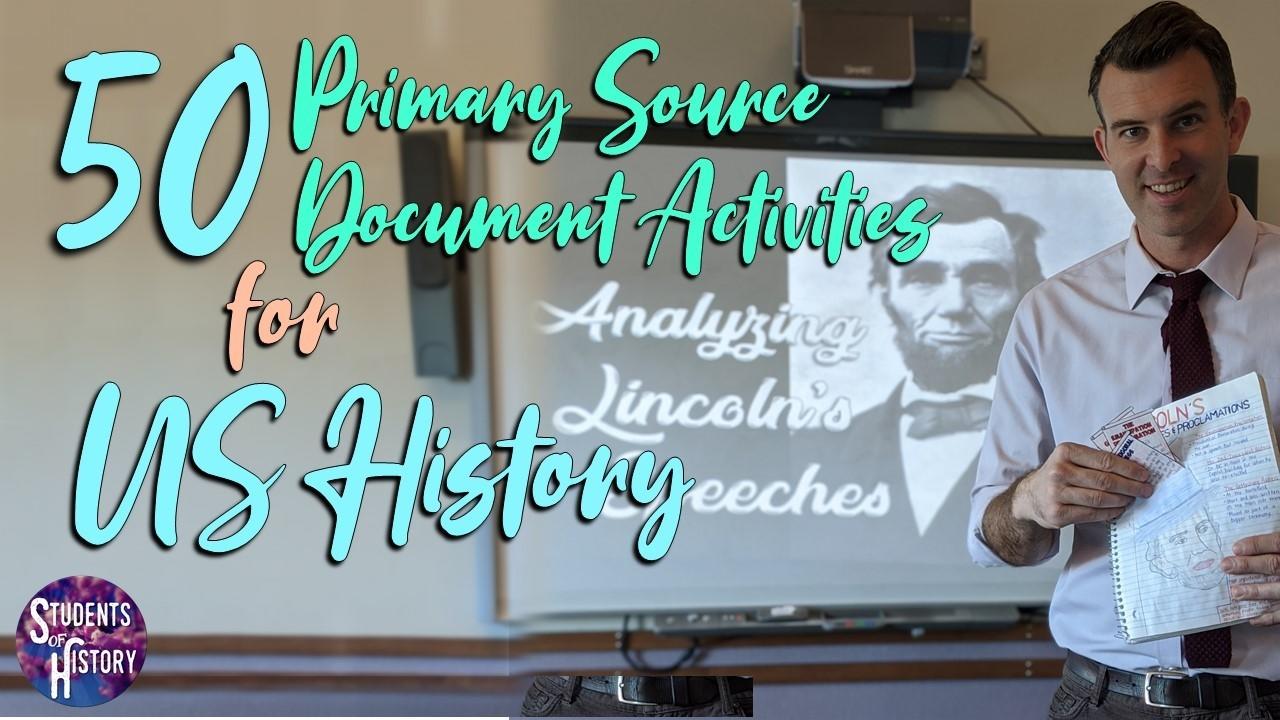
Social Studies teachers and education leaders have long preached the benefits of using Primary source materials in the classroom. These documents are essential to helping students understand history and encourage analytical thinking.
Primary sources allow teachers to expose students to different perspectives throughout US History and allow students to draw their own conclusions about important historical events.

Many studies have shows textbooks to contain bias or even inaccurate information in some cases. Primary sources bring students directly to the history and eliminate bias in the classroom.
Finding good primary sources that students can understand is the tough part. Often primary sources are at a higher reading-level that students struggle with or are too long to be digested in a class period or for a single assignment.
Over the past few years, I dedicated myself to curating and editing engaging primary source resources for my US History classes. I have spent countless hou...
US History Printable Timeline Activities
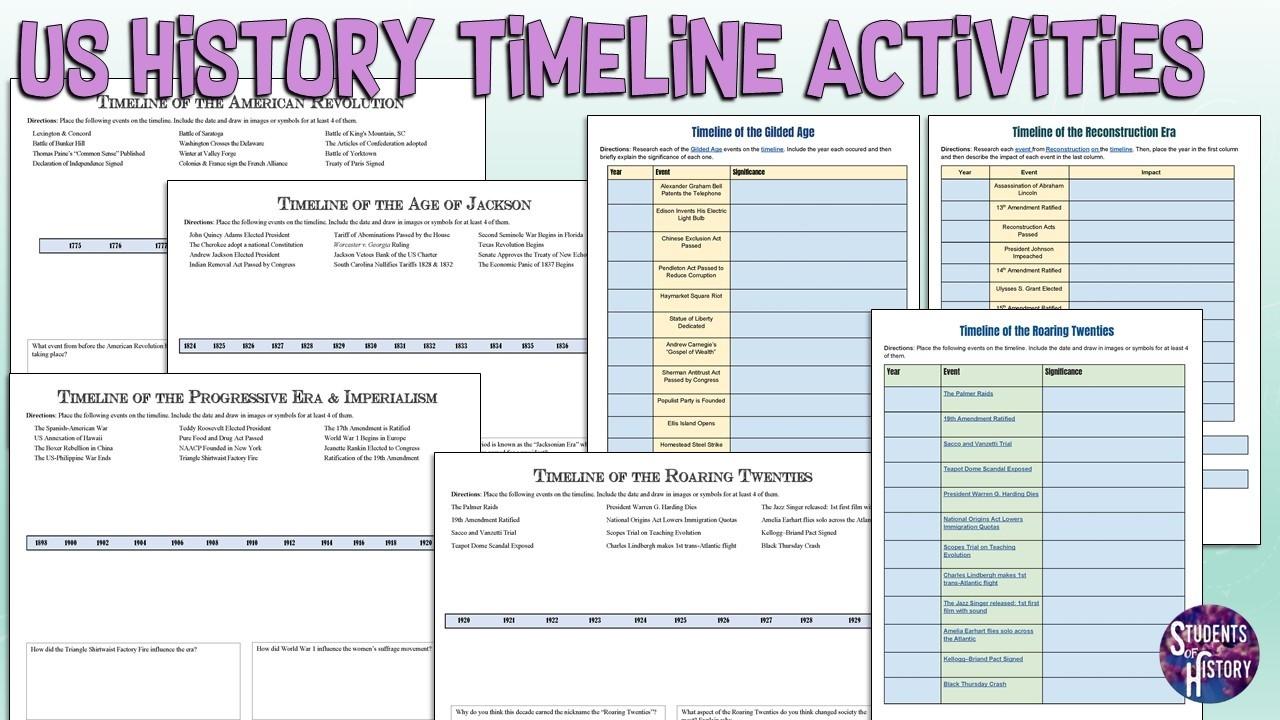
If you teach US History in middle school or high school, you how how important timelines are. They organize events in a simple visual way, help students see cause and effect, and are perfect for showing students all the key events that students need to know in any unit.
I teach ALL of American History, from the Colonies through to Modern America and include printable timeline worksheets in the packets I give students for each unit we cover.

When you do cover so much content in a year, timelines become essential. We often don't have that much time to spend on any one unit. That's why the packets become very effective at showing students exactly what they need to know. The printable timeline pages are perfect for giving students a chance to see each significant event in that.
I make them very simple to use. The timelines are included in a PDF file and a Google Doc. I print out the PDF file of the entire packet at the start of each unit and give them to each student. They are resp...
5 Ways to Teach ALL of US History
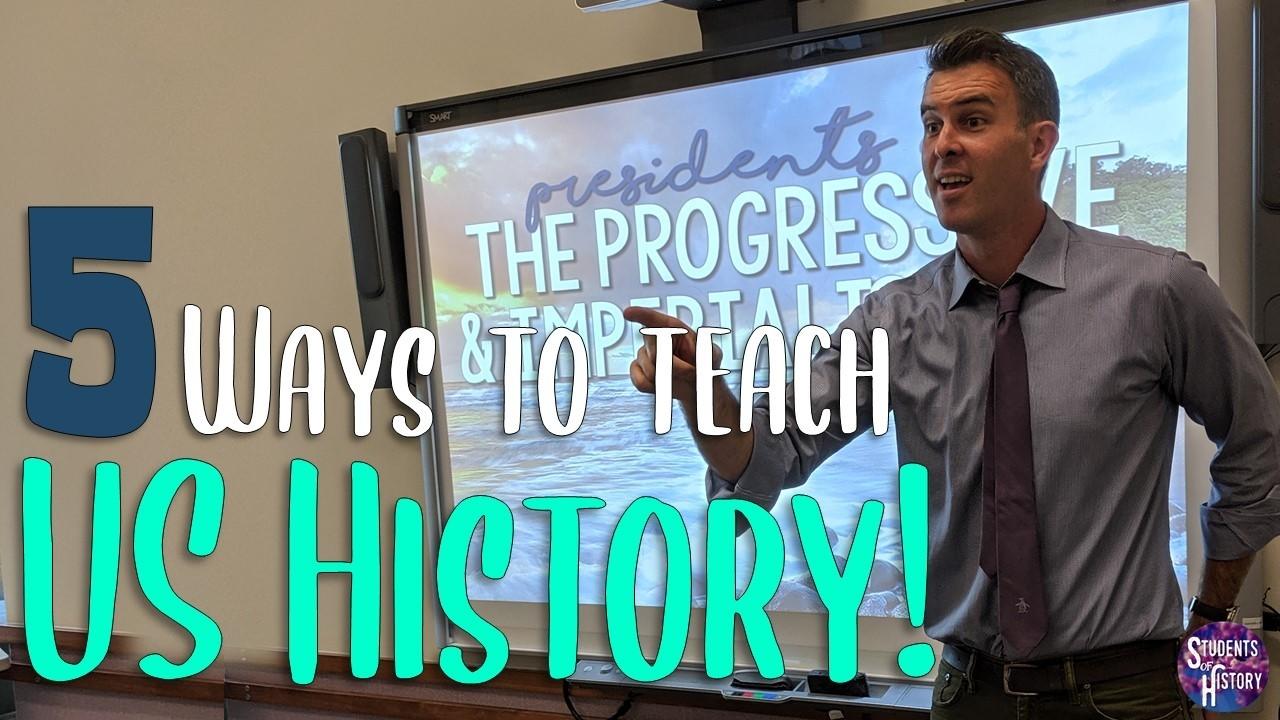
There is no one way you need to be teaching US History. Every teacher has their own preferred way to run their classes. How you teach your classes is really up to you and what’s best for you and your students.
You might prefer a very structured classroom with routines that students stick to the whole year. Or, you may prefer to mix things up and keep students on their toes with different activities for each unit. Either way can work very effectively!
Over my years teaching US History, I developed a host of resources and teaching strategies that I found to be effective for different groups of kids. Here, I want to share 5 teaching strategies/resources you can use either as the backbone of your curriculum or to mix things up so that each unit has a new feel.
Each method can be combined with inquiry lessons, primary resources, station activities, and Project Based Learning to ensure you’re preparing your students and providing critical thinking opportunities. However, these 5 strate...
6 Strategies for Using Interactive Notebooks
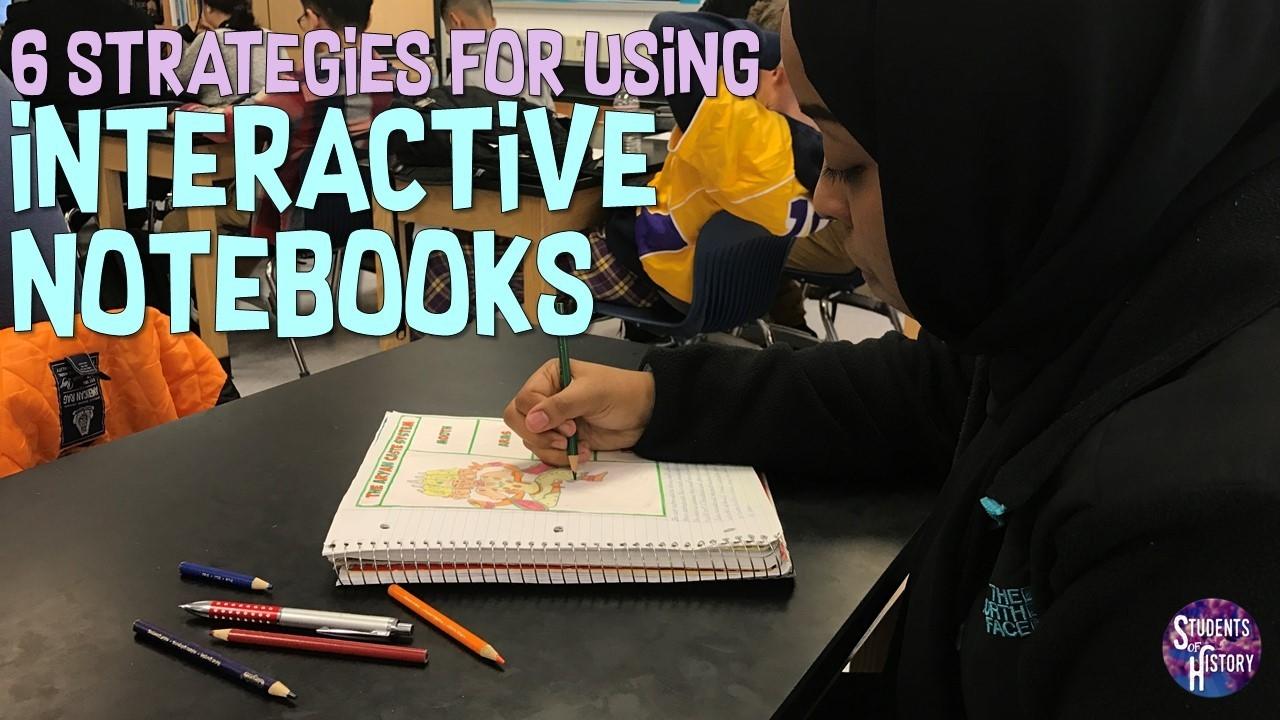
Interactive notebooks are an amazing tool to use in the classroom. The graphic organizers can help students categorize and better understand content. Students also almost always enjoy making them!
The hands-on and creative aspect of interactive notebook pages lend themselves well to fostering student creativity and allowing students to demonstrate their understanding of important concepts. I started using them years ago and gradually made them more detailed and interactive as the years went by.
I use a number of different resources in my classroom, but for years have experimented with different ways of using interactive notebook activities. At first, I would go through them together with students. However, I wanted a more student-centered classroom and sought ways to allow students more freedom to interpret our content. This led me to having students working on the pages either independently or together and then sharing what they created.

However, I still see the benefits of wor...
Five Ways to Make Awesome Stations Lessons!
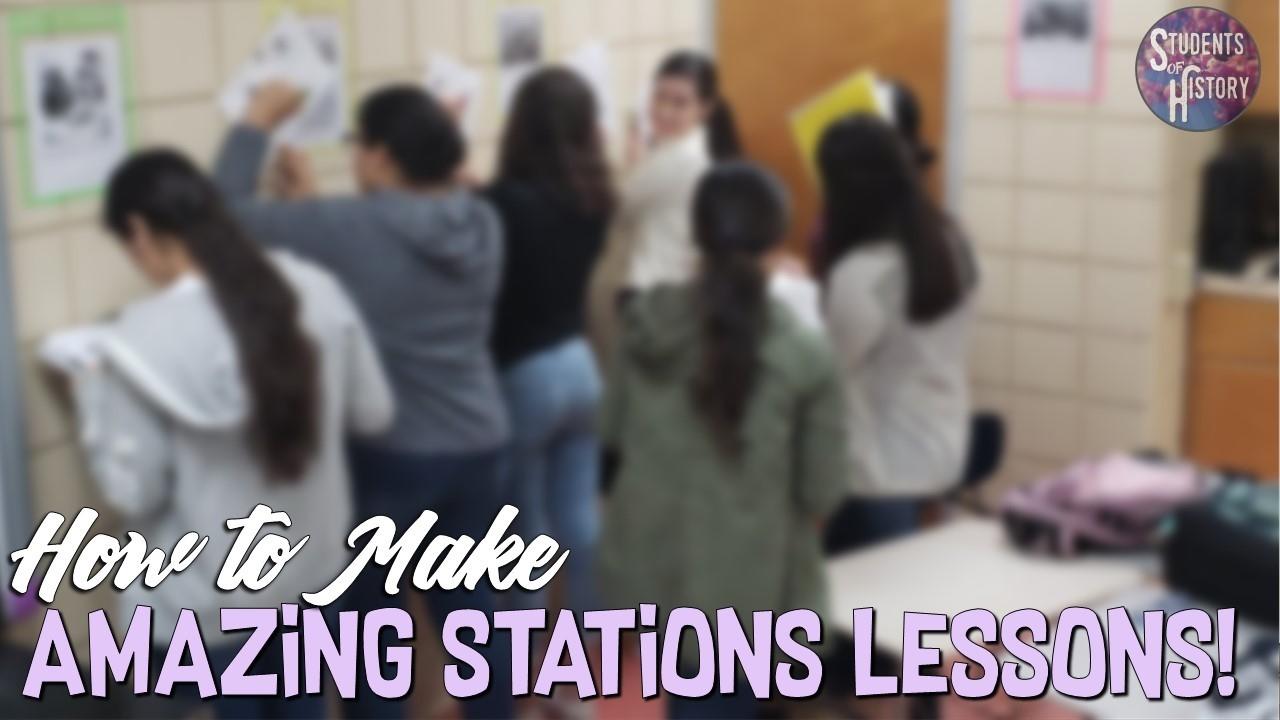
Stations lessons are some of my favorite activities in my social studies classes. They're a great way to get kids up and moving around the room and that's more engaged in whatever topic recovering. Instead of just sitting at their seats at traditional way and taking in material, they're able to move around the room and learn.
They also work with any subject area and any unit you might be covering in history. They can be higher level, with students analyzing more advanced texts and sources at each station, or feature simple political cartoons, maps, or short excerpts at each station for lower level classrooms.
There’s no set template that you need to use for all stations lessons, but here are 5 ways to make your stations lesson plans rock!
1) To Time or Not to Time the Stations?
Stations can definitely vary in the structure. You might want to set a timer for a specific amount of time that students spend at each station. Or, it might work best if students are free to spend however...
6 Awesome Insta-Worthy Classroom Activities

As all teachers know, it is a long school year. Over the course of 180 school days, there are bound to be point where both you as a teacher, and the students, are burned out, bored, or just otherwise not excited about the curriculum.
It’s at points of the year like that where I try to infuse something different or fun to break our class out of that monotony and infuse some much needed life into the classroom. At first, I tried just taking the class outside or just some fun activities. However, I’ve since developed a variety of engaging ways to bring a little spice to whatever lesson we need to cover.
I was inspired by the rise of the “Insta-worthy” museum to bring these together and share with you here. Insta-worthy museums and exhibits cater to the visual appeal of Instagram and people wanting to document their experiences. In the same way, students are drawn to these same kinds of experiences and I’ve often seen kids snapping pictures when we do these lessons.
These are not the ...
7 Best World War 2 Activities for Secondary

Whether you teach World History or US History to middle school or high school students, one of your biggest units in the year is likely to be World War 2. The scope and impact of the war was so massive that you need at least a few weeks to cover everything. That means you need to have a wide variety of high-quality, engaging lessons to use throughout the unit.
From the causes of WW2, to the people, main events and battles, the Holocaust, the bombing of Hiroshima and Nagasaki, and the lasting impact of WW2 into the Cold War - it's a LOT to cover.
Here are some of my favorite lesson plans and activities to use with secondary students for teaching World War II:
1) Rise of Dictators Pop Up Notes
One of the first things students need to understand is the rise of dictatorships and fascism in the years before World War II. Hitler in Germany, Joseph Stalin in the Soviet Union, Benito Mussolini in Italy, and militarists in Japan all took power during the 1930s.
To teach students about t...
Five Ways to Teach About Andrew Jackson

Andrew Jackson is one of the most important figures in US history. In fact he's the only person to have an era named for him: The Age of Jackson.
As a result, you want to make sure you cover the essential understandings students are going to need to know about the Andrew Jackson presidency based on your state standards, but also make your lessons engaging and hands on so students really connect with the material.
I spend about 2-3 weeks on the Age of Jackson in my American History classes. We look at the rise of the Common Man, Spoils System, the Indian Removal Act, Nullification Crisis, Jackson's war on the National Bank, and other important events of the period.
Here are five awesome activities that you might want to use to teach about Andrew Jackson:
1) Jackson & Adams Campaign Songs
Jackson and John Quincy Adams had two contentious presidential elections in 1824 and 1828. In the 1828 election, each had a theme song that they used her campaign events. These campaign songs c...
Fake News Lesson Plan
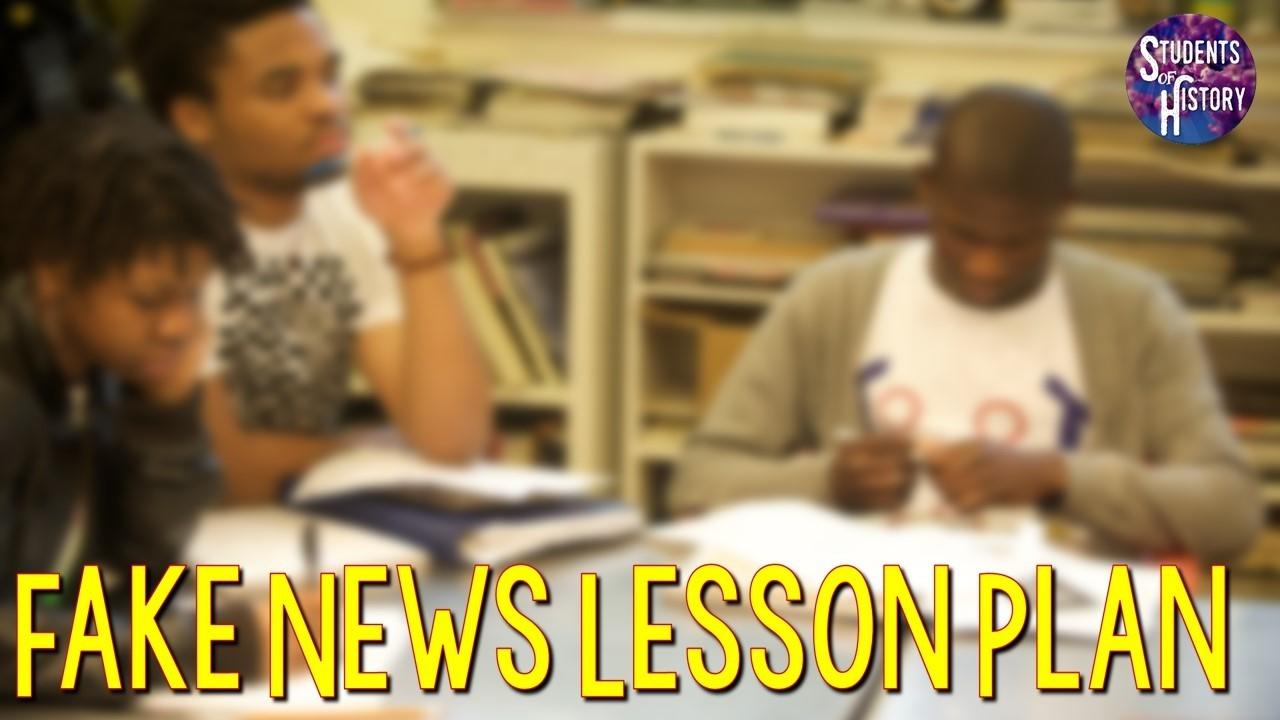
One of the most important things kids need to learn now in social studies is about Fake News”. Obviously, you hear about Fake News all the time. It dominates social media and the news outlets.
Kids need to be able to recognize what is fake news, what is real news, and how can you tell the difference. This is a 21st century skill that every kid needs to learn in high school. It's so important for our society to teach these kinds of skills so that kids can graduate with the ability to be informed citizens.
I teach this lesson about fake news in both my US history and my American government classes.
I love this lesson because it connects students to fake news in history from the Yellow Journalism era of the late 1800’s early 1900s’ in American history and also the fake news of today.
The Lesson Plan
I start the lesson off with a warm-up cartoon from the yellow journalism era and ask students to interpret it. Then we look at for glaring examples of fake news from today. I asked stu...
Civil Rights Movement Timeline Activity

The Civil Rights Movement is one of my favorite eras to teach in US History. There's so many compelling stories and it's easy for students to connect with the young people advocating for change in American society.
There's also a lot of events to cover. A great way to either introduce students to the era or review the Civil Rights Movement as a whole is with a timeline. This gives students a broad perspective of what was going on and how long it took from Claudette Colvin and Rosa Parks first refusing to give up their seats in Montgomery until the Civil Rights Act finally ended segregation.
I use this set of timeline activities in my US History classes.
First, students paste into their notebooks a 2-page timeline that covers the height of the Civil Rights era. Once completed, it will look like this:

Students respond to the prompts for each event after reading short overviews that are placed at stations around the room. The 10 events we cover in this timeline are:
- Brown v. Th ...